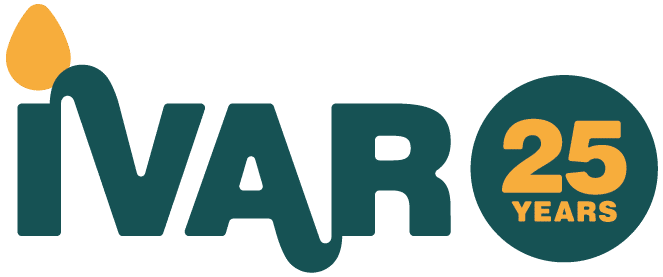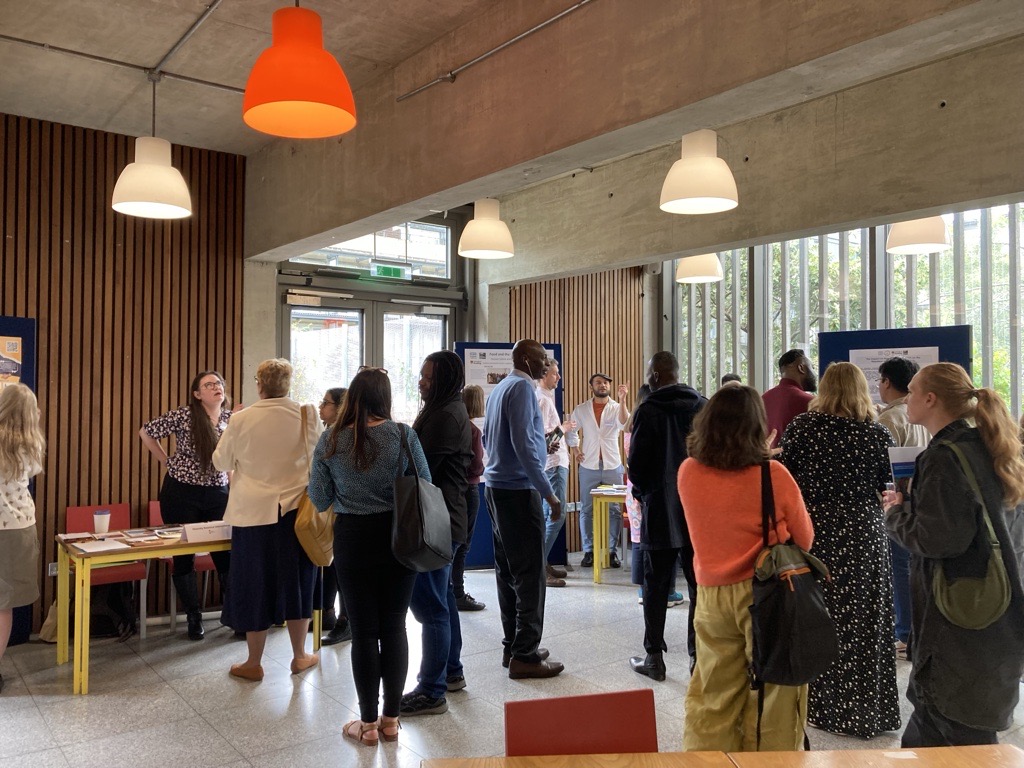The move by many funders towards an open and trusting approach offers new and exciting opportunities to funded organisations to free up time and energy to focus on their purpose and to feel empowered by a more equal relationship with the funder. It can mean they are less encumbered by restrictions on their grant that serve only to reassure us, the funders, that they are being responsible with their money.
But wait! Does this mean that a foundation is expected to close its eyes and jump out of the plane, trusting that the parachute is there?
Are we expected to make grants where we are not in control of exactly what they are being spent on and where we wouldn’t require anything by way of monitoring information?
Viewed from this perspective, it’s more than understandable that some foundations may wonder what ‘open and trusting’ actually means.
But if we pivot that perspective a little bit, it becomes clearer that the greatest opportunity offered by a trusting approach is, in fact, to us as funders.
Sometimes the dynamic of the funding world, where organisations are applying for funding from limited pots, can create a relationship which satisfies no one. It is unequal, opaque, lacking in mutuality and can even be described as parent-to-child. It’s obvious that an environment which supports an adult-to-adult relationship will lead to more honesty and, ultimately, to better results on all sides.
Part of creating a more equal dynamic is for funders to fully acknowledge that we are unable to achieve our purpose without supporting work aligned to that purpose. It is an absolutely mutual relationship between us and those we fund, and we need to recognise the scale of that interdependence.
However, a fundamental challenge is understanding what work is aligned to our purpose as a funder. In the language of investment, what makes something investable? What is likely to succeed? What characteristics does it have? What will make an impact?
This is where I think a key opportunity lies for funders: to create clarity within our organisations about the relationship between our purpose, our grant making, and other activities – and all the assumptions that underlie this relationship. Doing the work of interrogating our own funding model gives us a stable platform from which to assess potential alignment.
When looking at grant applicants, can we determine how best to support their prospects of achieving the change they are aiming for? Do we understand the context of the work we are looking to support? Have we talked with the people who will be critical to the work? Have they considered the risks and challenges they’ll be dealing with? Do they, and we, know what success looks like?
Rigour at the front end, when considering whether to make a grant, absolutely does not mean being heavy handed or having a ‘jumping through hoops’ mentality. It is an adult-to-adult relationship, and it must be flexible and respectful to the needs and constraints of small organisations, but it does mean clarity and honesty of thought and expectation.
Clarity on our part when assessing ‘the match’ at the start of the process equips us as funders to trust our grantee partners without needing the comfort blanket of burdensome regulation. Once we make a grant, we’re in a relationship – we’re partners – and, like any relationship, it needs commitment on both sides. We need to respect the fact that funded partners have as much of an interest as we do in seeing their work lead to change, and agreeing on how change will be recognised and demonstrated is a joint responsibility. We can support, review progress together and identify and apply learning at each stage.
And it’s important to accept that nothing can guarantee success. Change is a tricky process; it takes tiny steps and huge leaps and goes backwards as well as forward. As funders, we have obligations to stakeholders, whether these are donors, our trustees or society at large, but we must be prepared to make the case that it is not irresponsible to accept the possibility or even sometimes the likelihood of failure. As responsible funders, we need to be comfortable with the fact that successful change cannot exist without the possibility of failure and indeed is often built on the learning that comes with failure.
Sheila Jane Malley, Trustee at Co-op Foundation and Rosa UK




